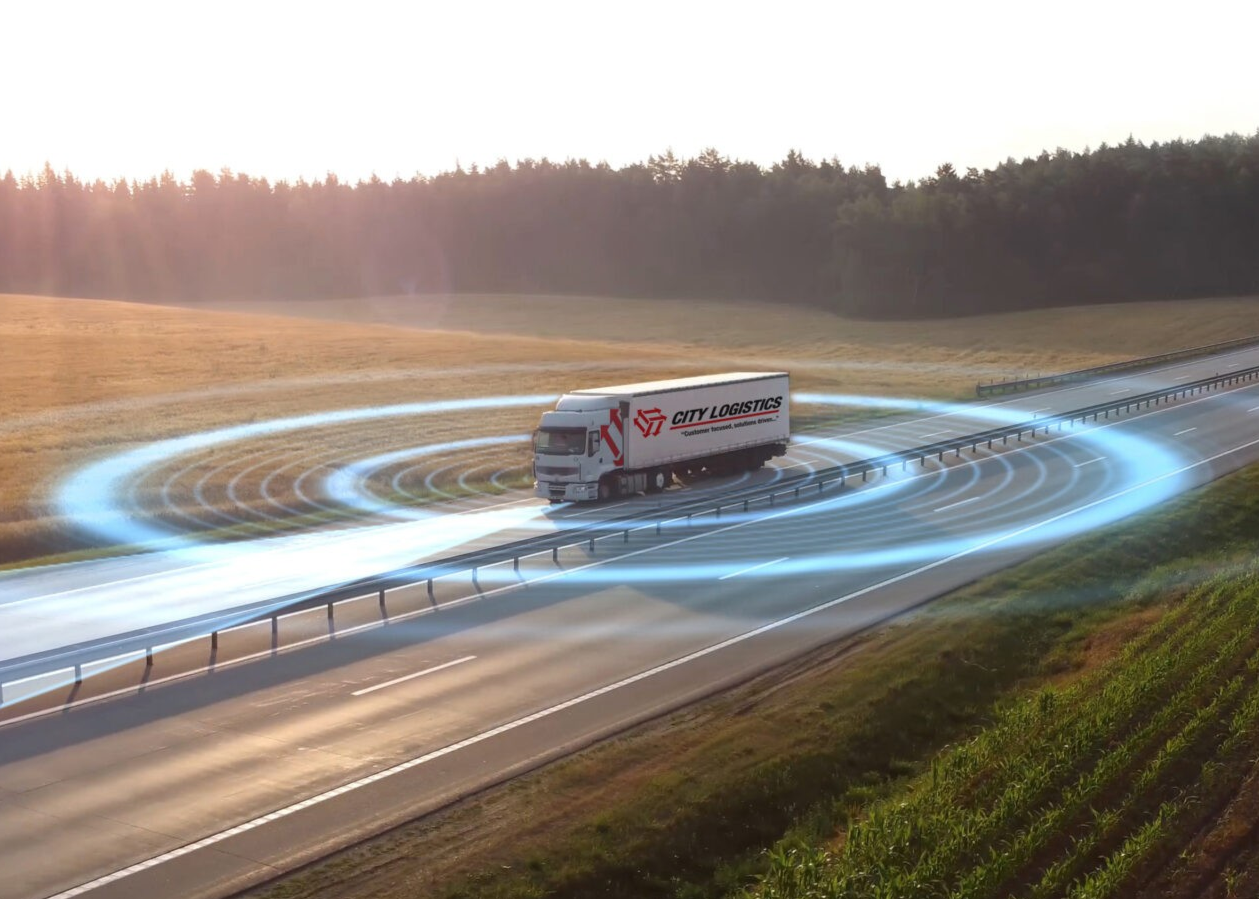GadgetWheels
Tech will help keep trucks safe in SA
Telematics and driver assistance features are expected to make the roads safer this festive season – and pave the way towards an autonomous future.
As South Africa approaches the busy festive season, logistics companies are intensifying their focus on road safety. A recent study revealed that 59.2% of truck operators identified driver behaviour as the leading cause of collisions, closely followed by poor road conditions. With these two factors presenting substantial risks, companies increasingly use technology to mitigate accidents and improve efficiency. But what innovations are being implemented, and how are they impacting road safety and productivity?
Fleet Telematics
Fleet telematics play a crucial role in preventing truck accidents. Telematics allows managers to monitor their fleet in real-time and gather critical data, including driver behaviour, vehicle activity, location, and engine diagnostics. Trucking operators report that this information has been instrumental in enhancing road safety, with 80% noting a reduction in collisions and 50% describing the impact of telematics as significant.
“We rely on telematics to improve road safety and driver performance,” said Ryan Gaines, CEO of City Logistics. “We monitor driver behaviour using insights from our telematics partner, which helps us spot trends and areas that can be improved. Camera and fatigue monitoring help catch driver distractions, like when drivers look away from the road for extended periods. By analysing driver behaviour, we can eliminate specific risks and ensure our drivers remain focused on the road.”
A report from Berg Insight reveals insights into fleet management in South Africa, with statistics noting that, by Q4 2022, an estimated 2.1-million systems were in use. With an expected annual growth rate of 12.2%, this figure is projected to reach 3.8-million by 2027.
Innovative Technologies
Beyond telematics, advanced driver assistance systems—such as collision avoidance alert and assist—are vital for reducing collisions and streamlining logistical processes. For instance, Forward Collision Warning is a standard feature in several modern trucks. This helps to prevent crashes by alerting drivers to impending hazards on the road. Lane Departure Warning (LDW) not only warns drivers when the truck begins to stray into other lanes but, in some cases, can also help re-centre the vehicle within its lane.
Automation
Adopting fully autonomous trucks in South Africa’s logistics industry remains a distant prospect. Barriers include the absence of supportive legislation and underdeveloped road infrastructure. Autonomous vehicles rely on comprehensive road markings and signage, which is unrealistic on most of the country’s road network. While there are myriad potential benefits, high initial investment costs and the risk of eliminating jobs—a problem in a country battling with high unemployment figures—pose further challenges to the adoption of self-driving trucks. There are advantages to autonomous trucks, though.
Autonomous trucks have the potential to revolutionise the logistics industry. By optimising fuel use and streamlining operations, we could see lower operating costs and faster deliveries, benefiting businesses and their clients.
“Our vehicles feature partial driving automation designed to improve safety and efficiency,” said Gaines. “These systems use real-time traffic data to assist with predictive drive control, offering features like lane assist, brake assist and automatic selection of the right gear for the terrain. This maximises fuel economy and minimises brake wear, reducing maintenance costs. Sensors around our trucks measure the distance between the vehicle and other traffic, reducing the risk of collision.”
Advancements in driver assistance systems and telematics are already yielding progress. Still, the move to self-driving vehicles will require plenty of work from the logistics industry, government, and other stakeholders. While the segment is bristling with innovation—and a fully autonomous logistics landscape in South Africa will be possible someday—it remains a distant prospect. However, the advent of semi-autonomous tech is already enhancing safety on South African roads; features such as Lane Departure Warning are reducing collisions and improving overall driving conditions. Not only do they keep road users safe, but they pave the way towards an autonomous future.



















